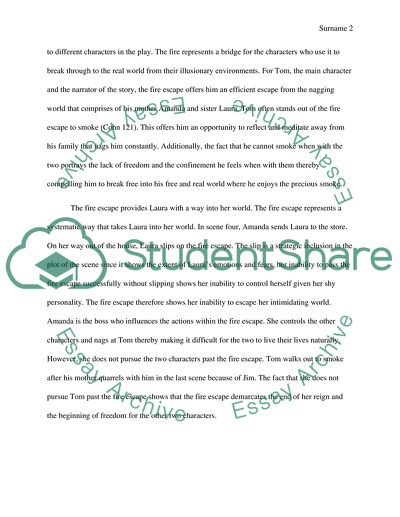Cite this document
(“Symbolism in The Glass Menagerie Research Paper”, n.d.)
Retrieved from https://studentshare.org/english/1690547-symbolism-in-the-glass-menagerie
Retrieved from https://studentshare.org/english/1690547-symbolism-in-the-glass-menagerie
(Symbolism in The Glass Menagerie Research Paper)
https://studentshare.org/english/1690547-symbolism-in-the-glass-menagerie.
https://studentshare.org/english/1690547-symbolism-in-the-glass-menagerie.
“Symbolism in The Glass Menagerie Research Paper”, n.d. https://studentshare.org/english/1690547-symbolism-in-the-glass-menagerie.


